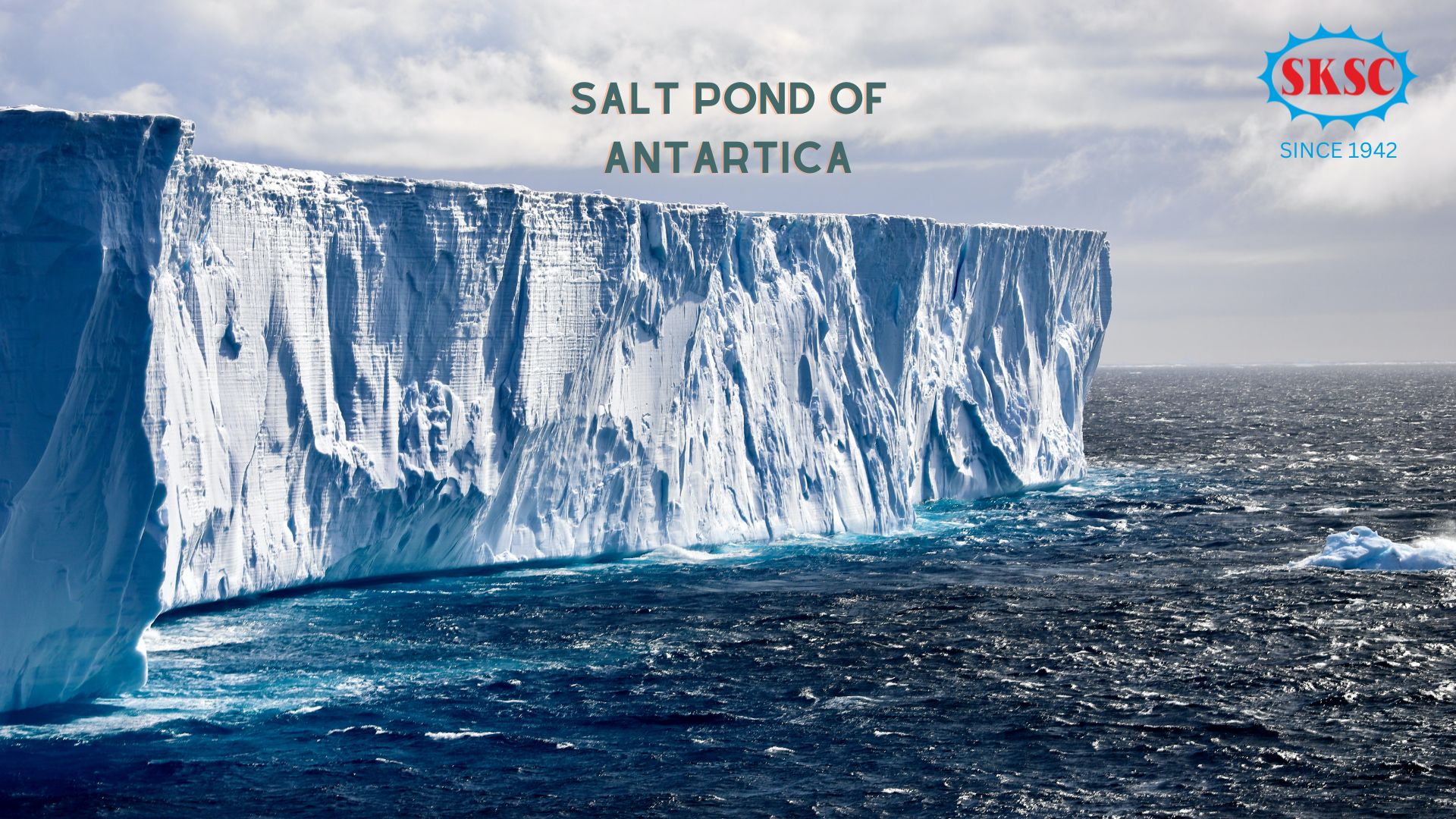
The salt pond of antarctica that is fed from beneath
The Transantarctic Mountains' foothills contain a geological anomaly. One of the saltiest bodies of water on earth is Don Juan Pond. It is filled with a thick, syrupy calcium chloride brine that may stay liquid down to minus 50 degrees Celsius, well below the freezing point of water. Even if there are signs that water in a similar form may exist on Mars, the source of the water and salt for this peculiar pond is still unknown.
A recent study from the University of Washington analyzes the peculiar chemistry of the pond to identify the source of the water. It is reported in the most recent research, which was released on September 15 in Earth and Planetary Science Letters, that it is fed by a regional deep groundwater system rather than, as was previously suggested, from rainfall dripping down the valley slopes in the area.
According to main author Jonathan Toner, a research assistant professor of Earth and space sciences at the University of Washington, "Don Juan Pond is probably one of the most interesting ponds on Earth." We still don't fully understand where it comes from, what causes it to be visible on the surface, or how it changes even after 60 years of in-depth research
The perennial pond is approximately 10 centimeters (4 inches) deep on average and measures roughly 100 by 300 meters, or the equivalent of a few football fields. It was initially explored in 1961 and given the name Don Juan Pond in honor of the expedition's helicopter pilots, Donald Roe and John Hickey. The pond's special salts reduce the This saline pond may exist in an environment where the temperature ranges from minus 50 to plus 10 degrees Celsius (-58 to +50 F). This is because salt has a low freezing point.
Long thought to be nourished by underground groundwater, the pond. However, a well-known 2013 research proposed that the salt pond was formed by salts being transported downhill by near-surface moisture seeps, which are comparable to repeating slope lineae patterns recently discovered on Mars.
Toner is a geochemist who focuses on how water forms and behaves in harsh conditions on Earth, Mars, and other planets. Toner developed a model to calculate the changes that salty water undergoes during evaporation, freezing, and with various water and salt inputs and outputs for the new study. Water evaporation concentrates salts in the pond in the aptly named McMurdo Dry Valleys of Antarctica, which causes some salts to crystallize. The pond's water changes throughout time as a result of these activities, inputs, and outputs.
Toner tested his model in two different scenarios, one with water gurgling up from below and the other with water trickling down from seeps close to the surface. The findings indicate that the chemical composition could only be formed from below.
These shallow groundwaters "couldn't get you to Don Juan Pond," Toner added. "There is no doubt that it is coming from deep groundwater."
His calculations also reveal that groundwater upwelling cycles through the pond every six months, which implies that the water must leave the pond via an underground outflow that is not visible. Geologists are interested in the pond's hydrology since Mars and nowhere else on Earth are more similar. The McMurdo Dry Valleys are among the coldest and driest places on Earth, and the Red Planet is exceedingly cold and dry.
If there is water on Mars, Toner predicted that it will resemble this pond quite a little. Understanding how it evolved has significant ramifications for where similar habitats might be found on Mars.
According to recent studies, there may be liquid water on Mars' surface, which might support long-term human settlements or perhaps harbor life. The darker streaks on steep slopes that resemble the moisture streaks seen above Don Juan Pond may be the result of a groundwater system that is comparable to that one.
In December, Toner will be a member of a team that will explore Don Juan Pond and its surroundings under the sponsorship of NASA and the National Science Foundation. Researchers will set up tent outside the pond for six weeks while repeatedly measuring the liquid's chemical composition. In order to assess the chemistry of the moisture seeps and search for additional proof of the Don Juan Pond salt source, they will also investigate the neighboring hills.
"If we accept the deep groundwater theory is true, then what we're seeing could be part of a bigger process that involves quite an extensive aquifer," Toner said. "That's much more exciting than just a localized surface phenomenon," the researcher said, "when thinking about the implications for a similar environment on Mars."
The study's funding came from NASA. Ronald Sletten and David Catling, both from the UW Department of Earth & Space Sciences, are additional co-authors.
S.K.S.C.NADARAJAN & BROR.
Salt company since 1942
Tuticorin Salt | crystal salt | crushed salt | freeflow salt | fine salt | coarse salt | size salt | Salt supplier | Kerala salt supplier | South indian salt export | South India salt company | thoothukudi saltern | Tuticorin saltern | deicing salt exporter | deicing salt tuticorin | Thoothukudi salt exporter | Thoothukudi traditional salt | Sea salt tuticorin | Sea salt Thoothukudi | Thoothukudi salt | salt exporter tuticorin | salt Thoothukudi | SKSC salt | India old salt company | Salt company India | Salt company tamil nadu | Salt company Tuticorin | Tamil nadu Salt | India Salt
